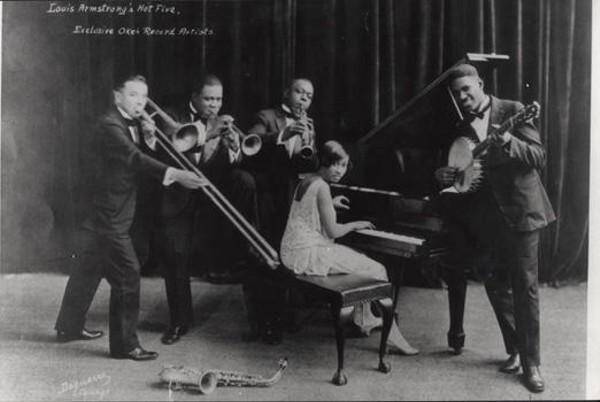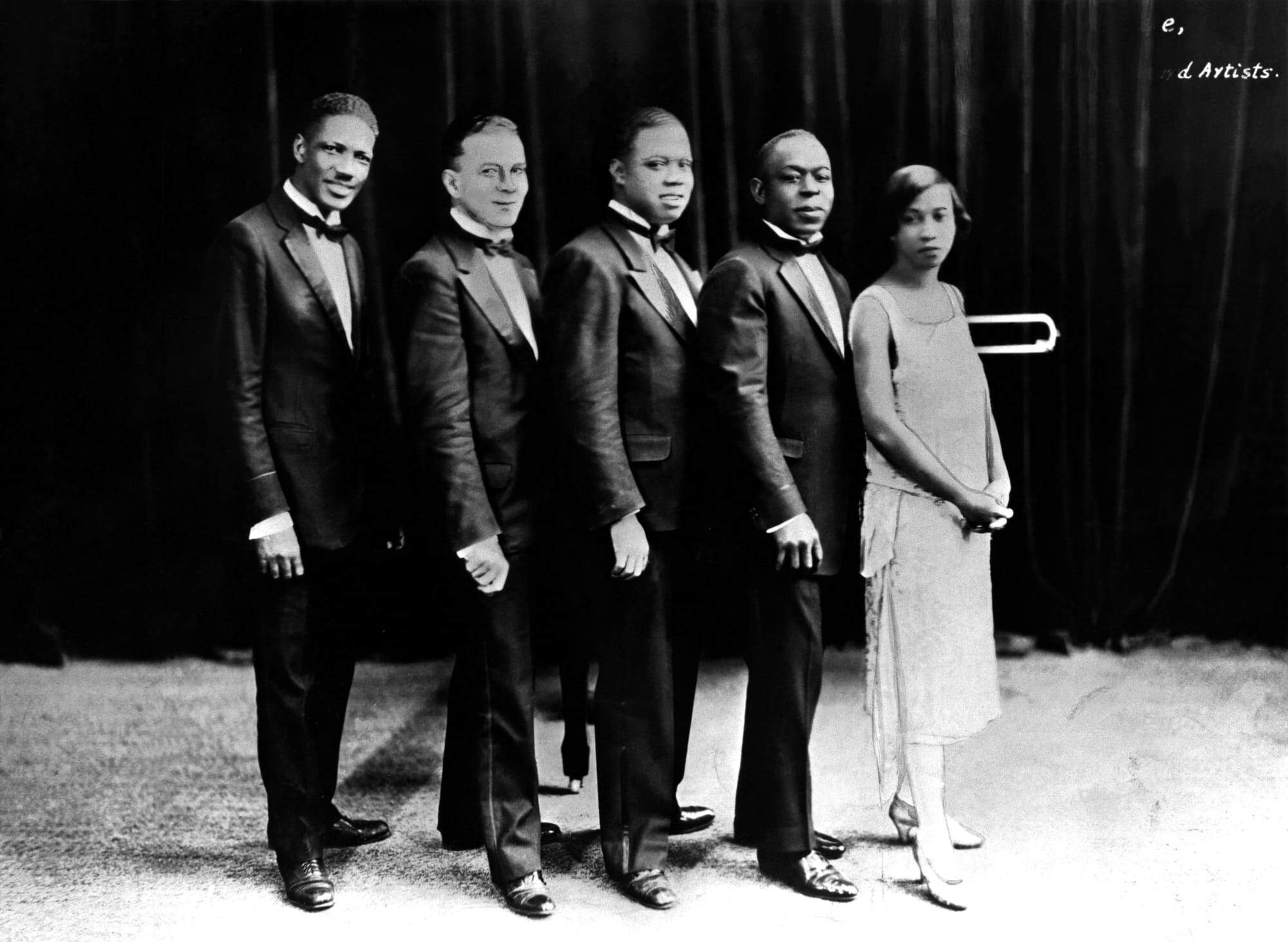Reference




OpenAI's Answer
What a fantastic question! Louis Armstrong's Hot Five and Hot Seven recordings for OKeh Records are indeed a landmark in jazz history. Let me dive into the significance of these recordings and provide you with some fascinating insights.
Revolutionizing Jazz with Solo Improvisation
The Hot Five and Hot Seven recordings, made between 1925 and 1928, marked a significant shift in jazz music. Armstrong's innovative approach to solo improvisation, which was a new concept at the time, revolutionized the genre. His virtuosic playing and expressive vocals set a new standard for jazz musicians (Source: Wikipedia - Louis Armstrong Hot Five and Hot Seven Sessions).
Introducing Scat Singing
One of the most notable recordings from this period is "Heebie Jeebies," which is considered the first recorded example of "scat singing" (Source: Library of Congress - Hot Five and Hot Seven Recordings). Scat singing, a vocal improvisation technique, became a hallmark of jazz and has influenced generations of musicians.
Innovative Instrumentation and Arrangements
The Hot Five and Hot Seven recordings featured a unique instrumentation, with Armstrong on cornet, Kid Ory on trombone, Johnny Dodds on clarinet, Lil Hardin on piano, and Johnny St. Cyr on banjo and guitar. This combination of instruments created a distinctive sound that was both rootsy and modern (Source: The Syncopated Times - Louis Armstrong and his Hot Five).
OKeh Records and the Rise of Armstrong's Career
Armstrong's contract with OKeh Records in 1925 marked a significant turning point in his career. The Hot Five and Hot Seven recordings, made for OKeh, helped establish Armstrong as a major jazz star and paved the way for his future success (Source: West End Blog - Armstrong as an OKeh artist).
Legacy and Influence
The Hot Five and Hot Seven recordings have had a profound influence on jazz and American music as a whole. They have inspired countless musicians, including jazz legends like Duke Ellington, Count Basie, and Dizzy Gillespie (Source: The Guardian - 50 great moments in jazz: The Hot Fives and Hot Sevens).
Here's a fascinating image of Louis Armstrong and his Hot Five from 1925:

In conclusion, Louis Armstrong's Hot Five and Hot Seven recordings for OKeh Records are a testament to his innovative spirit, virtuosic musicianship, and profound influence on jazz. These recordings continue to inspire and delight audiences to this day.
Follow Up
Related
What is the title of the first book in the Montgomerys & Armstrongs Series?
Who were some notable artists that recorded with OKeh Records during its early years?
Why was the alternate lyric mentioning a 'love attack' discarded from the song?
How did Brooke Armstrong manipulate Alison Parker into moving to Hong Kong?